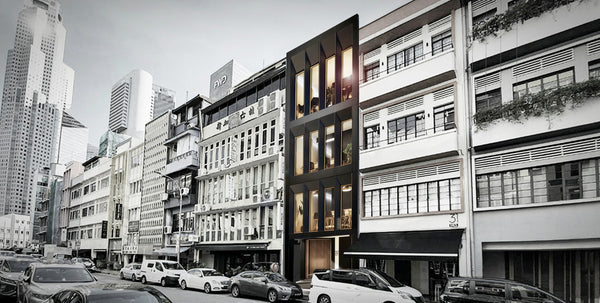
Mastering Wine Fridge Temperature Settings for the Finest Sips
Introduction:
A wine fridge is not just a fancy appliance; it's a guardian of flavor, a curator of aroma, and a protector of your precious wine collection. Setting the right temperature in your wine fridge is crucial to ensure that each bottle reaches its full potential. In this guide, we'll explore the ideal temperature ranges for various wines and provide you with practical tips on how to set your wine fridge accordingly.
Why Temperature Matters:
Wine is a delicate elixir that ages gracefully when stored at the right temperature. Temperature influences the rate at which chemical reactions occur in wine, impacting its taste, aroma, and overall quality. Storing your wine at the correct temperature helps preserve its character and allows it to evolve in a controlled manner.

Ideal Temperature Ranges:
-
Sparkling Wines (Champagne, Prosecco): 40-50°F (4-10°C)
- These effervescent delights thrive in cooler temperatures to maintain their bubbly personality.
-
White Wines (Sauvignon Blanc, Chardonnay): 45-55°F (7-13°C)
- Crisp whites flourish in slightly cooler conditions, enhancing their freshness and acidity.
-
Rosé Wines: 50-55°F (10-13°C)
- The delicate balance of rosé is best preserved at a slightly cooler temperature than reds.
-
Red Wines (Merlot, Cabernet Sauvignon): 55-65°F (13-18°C)
- Reds generally prefer a warmer environment, allowing their flavors and tannins to mature gracefully.
-
Dessert Wines (Port, Sherry): 45-55°F (7-13°C)
- Sweeter wines benefit from cooler storage, preventing excessive oxidation and preserving their sweetness.
Setting Your Wine Fridge:
-
Consistency is Key: Fluctuating temperatures can harm your wine. Set your wine fridge to a constant temperature within the recommended range.
-
Use the Right Zones: If your wine fridge has multiple temperature zones, allocate them based on the wine types you frequently store.
-
Avoid Vibration: Vibrations can disturb the aging process. Position your wine fridge in a stable, vibration-free environment.
-
Mind the Humidity: Aim for a humidity level between 50-70% to keep corks from drying out and allowing unwanted air in.
-
Check Your Fridge's Accuracy: Invest in a reliable thermometer to verify your wine fridge's temperature accuracy.
Special Considerations:
-
Long-Term Storage: If you plan to cellar wines for an extended period, aim for a slightly cooler temperature (around 55°F or 13°C) to slow down the aging process.
-
Quick Cooling Tips: Need to chill a bottle quickly? Use a wine chiller or wrap the bottle in a damp cloth and place it in the freezer for a short period.
Conclusion:
Mastering the art of wine fridge temperature settings is the key to unlocking the full potential of your wine collection. By understanding the ideal temperature ranges for different wines and implementing simple yet effective tips, you'll ensure that every sip is a delightful experience. So, set those temperatures, store your wines with care, and let the aging magic begin! Cheers to preserving the essence of every bottle.

